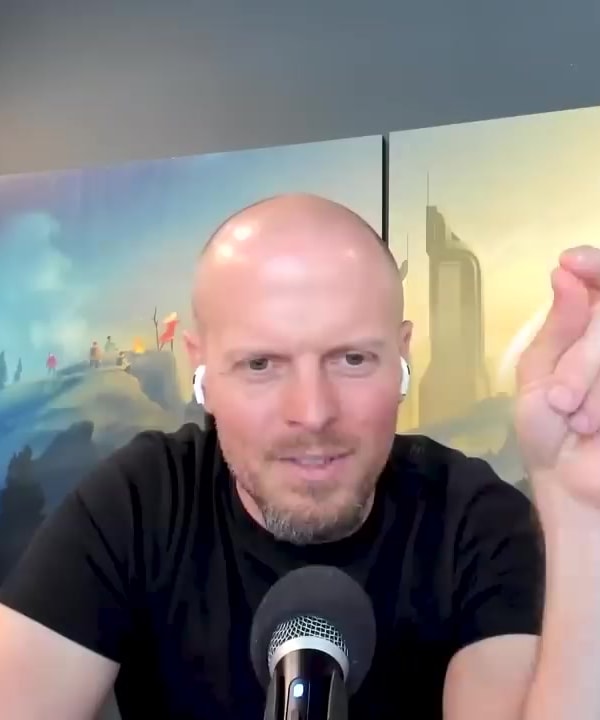How does trauma shape us?
Sources:
Trauma shapes us in various profound ways, affecting our emotions, behaviors, and even physical health. Here are several insights from discussions by trusted experts:
-
Types of Trauma: Trauma can be overt (e.g., abuse) or covert (e.g., subtle emotional neglect). Both types can significantly impact our emotional and relational patterns. Children might learn that their feelings are inappropriate, leading to emotional suppression and impacts on personality development 1.
-
Brain and Body: Trauma is stored in the brain and body, particularly in the amygdala, making it challenging to process through logic alone. This storage can lead to health issues like diabetes and heart disease, as well as conditions such as PTSD. Somatic therapies can help by addressing how trauma is physically embedded in us 2.
-
Shaping Relationships: Trauma doesn't need to be a dramatic single event; ongoing small stressors like bullying or unmet parental expectations can exceed our coping abilities and shape our perception of ourselves and our relationships. Childhood foundations play a crucial role 3.
-
Adapting to Trauma: Trauma can make us hyper-vigilant and constantly perceive threats, which was initially adaptive in unsafe environments but becomes maladaptive in safe situations. Specialized therapies like EMDR can effectively address these deep-rooted responses 4.
-
Daily Life Influence: Early trauma can resurface unexpectedly in adult life, affecting relationships and triggering disproportionate emotional responses. This illustrates how deeply ingrained these early imprints can be and stresses the importance of awareness and healing 5.
-
Recognizing and Healing: Understanding that everyone experiences trauma to some degree can be healing in itself. Recognizing and addressing how it impacts our lives allows us to begin the healing process through structured therapies and self-awareness practices 6 7.
Understanding these dynamics highlights the importance of addressing and processing trauma, not just through traditional talk therapy but also through body-centered approaches and specialized trauma therapies.
RELATED QUESTIONS-


